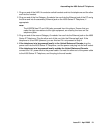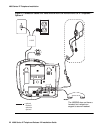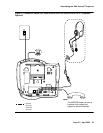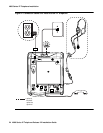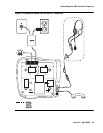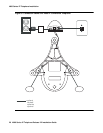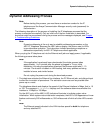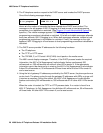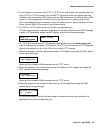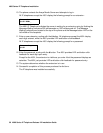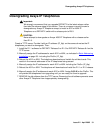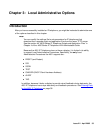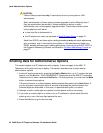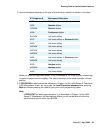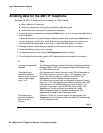
Dynamic Addressing Process
Issue 2.2 April 2005 29
5. The IP telephone connects to the TFTP or HTTP server and looks for an upgrade script file.
During TFTP or HTTP processing for the 4601 IP Telephone, both Call Appearance Line
indicators flash continuously 500 milliseconds on, 500 milliseconds off while all other LEDs
remain lit. If the appropriate information cannot be discerned or is missing, both of the
4601’s Call Appearance Line indicators flutter 50 milliseconds on, 50 milliseconds off three
times. All other 4601 LEDs remain lit, and a reset occurs.
6. The TFTP or HTTP server sends and identifies an upgrade script.
The read request packet might have to be sent several times. Each time the RRQ message
is sent, all IP telephones except the 4601 display one of the following messages:
For TFTP, # is the number of TFTP requests made by the phone and www.xxx.yyy.zzz
is the IP address of the current TFTP request. For HTTP, n is the number of HTTP requests
made by the phone and uri is the URI for the current HTTP request.
7. While the upgrade script file is being downloaded, all IP telephones except the 4601 display
the following message:
where n is the number of KBs received from the TFTP server.
8. While the application file is downloaded to the IP telephone, all IP telephones except the
4601 display the following message:
where n is the number of KBs received from the TFTP server.
9. While the application file is saved in flash memory, all IP telephones except the 4601
display the following message:
with the percentage of the file and the number of elapsed seconds incremented as the
application file is stored in flash memory.
TFTP: #
www.xxx.yyy.zzz
HTTP: n uri
46xxUPGRADE.SCR
n KB received
filename
n KB received
Saving to flash
1%, 1 secs



